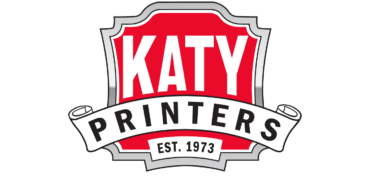Blind Embossing – Using a die, an image is impressed in the stock from the back. When impressed from the front, it is referred to as debossing.
Digital Printing – This term encompasses laser printing and inkjet printing, utilizing images electronically stored and transmitted to the printing device.
Foil Stamping – An image is transferred to a sheet of stock by pressing a metallic foil or plastic “foil” between a heated die and the stock.
Foil Embossing – The same image is foil stamped and embossed on a sheet.
Four color (process) printing – Printing by which a range of colors are printed in one pass through the varying combination of dots of four (primary) colors: cyan, magenta, yellow and black.
Laser printing – Printing by electronically arranging an image with powder on a drum or belt, transferring the image to the paper, then fusing the image to the paper with a combination of heat and pressure. Generally, the toner powder can be black (for black & white printing) or four colors (cyan, magenta, yellow, and black), which allows a range of colors to be printed in one pass.
Letterpress – Printing method by which physical raised type is inked and then pressed against the paper.
Offset Printing – Rotary printing method by which an image on a thin metal, plastic or paper plate is inked, then transferred to a rubber “blanket”, then transferred to the paper by squeezing the paper between the “blanket” and an impression cylinder.
Spot Color – In offset printing, mixing the desired color ink and printing it in specific places (spots) on the paper, in contrast to four color process printing, in which a whole range of colors can be printed in one pass. Spot colors are more pure than their four color process equivalents.
Thermography – Originally developed as an inexpensive alternative to engraving (printing from a depressed surface), thermography produces a raised image composed of ink and a powdered rosin. The image is first printed by offset or letterpress, then dusted with a rosin powder, which sticks to the still-wet ink. The excess rosin is then vacuumed off the sheet and the rosin and ink are combined by exposing the printed sheet to high heat.
